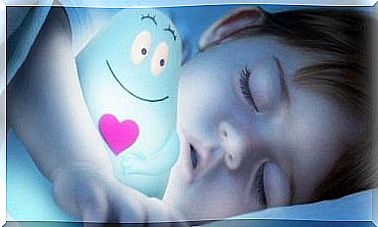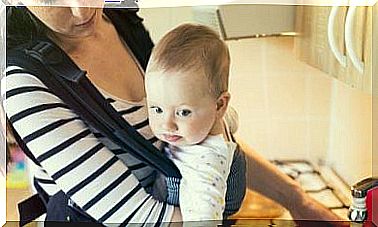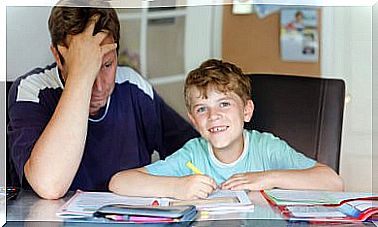Common Problems In Learning To Read
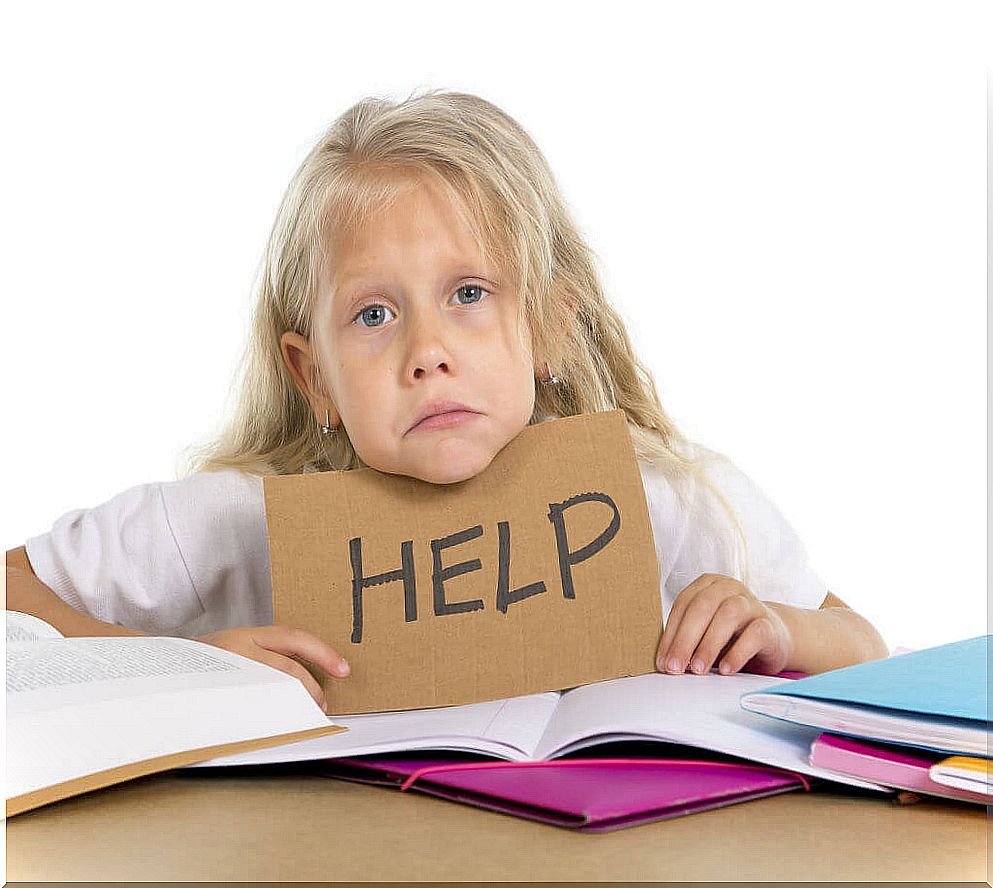
Learning to read is a very important childhood process. In general, learning to read happens without parents having much to do, because the little ones are taught at school. Still, it is our duty to help them improve through practice.
In some cases we need to commit more to this teaching, especially when children have problems. Apparently certain inconveniences to learn to read are more common than others. Since this process involves a decoding in various aspects, the failure can be varied.
The speech therapist Cristina Arroyo, explains to us what are the problems that children can present in learning to read. Let’s see what this is about.
What problems can appear while reading starts?
The reading and writing process is more complex than we think. As these are abstract processes, that is, they happen in the mind, we cannot see how they are executed. However, we can see it materialized when we hear what they read, or see what they write.
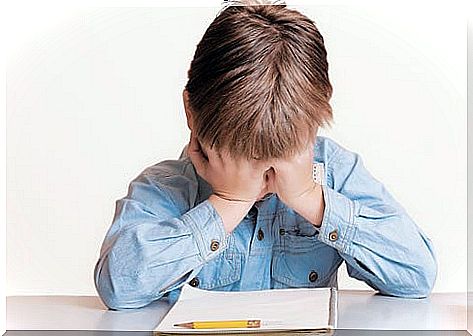
It consists of decoding a series of signs, through their spelling, meaning and cohesion. Due to the diversity of aspects, there may be conflicts. For example, one letter mistaken for another can cause a problem.
The development of this process can be interrupted or delayed by elements of language. Not all children are the same, they learn at their own pace and have different difficulties. In addition, depending on the specialist, environmental factors or teaching methodology can also affect them.
When the child is learning to read, his learning can be complicated by the following causes.
Dyslexia
The suffering of dyslexia complicates the process of learning to read on the regular basis. That is, traditional teaching methods can fail. This disorder is not related to the child’s cognitive ability.
People with dyslexia do not learn to read easily, even when they do not have specific problems. For example, they can see well, their IQ is high, and they have no physical-motor impairments.
Dysgraphia
Dysgraphia is a condition that is related to dyslexia, since it is a learning problem. In this case, the difficulty arises mainly at the time of learning to read. Since it compromises the layout, it ends up also affecting the way you read small.
Reader delay
It is a difference in the acquisition time of the reading-writing processes. It usually appears between 6 and 8 years of age, without the incidence of any pathology. It is a delay in acquiring and perfecting the main skills to learn to read and write. According to the expert, it is not related to the difficulties mentioned above.
Dysorthography
This disorder is also called dyslexic dysgraphia, it affects the writing of some words in relation to their spelling. That is, it does not harm the layout so much, as the orthographic character of a certain word. Children who have this problem also have difficulty reading what they write, since they do not do it in the correct way.
How are reading problems detected in children?
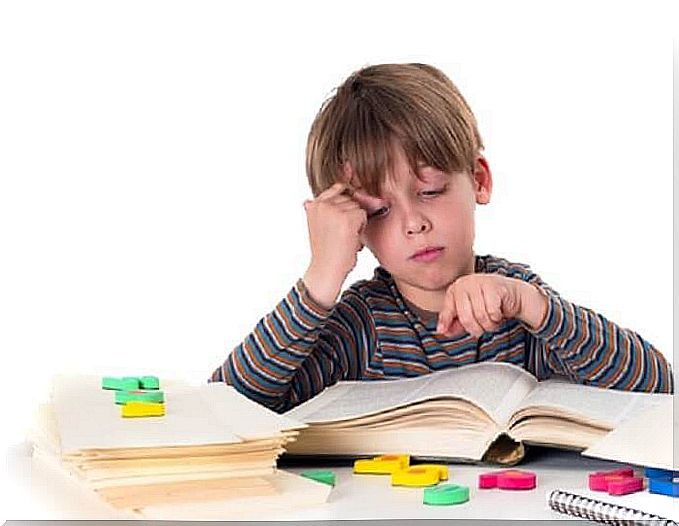
To make an accurate diagnosis it is important to rule out any logical drawbacks. For example, vision or hearing failure, neurological or emotional disorders, physical disability, or intellectual deficiency.
The specialists conclude that in order to determine that there is a reading learning problem, it is necessary to find a real deterioration. To identify that there is a deficiency, it is necessary to relate the problem to the characteristics of the child. That is, if we know that he is physically and mentally capable and does not present any other type of delay in his abilities.
Consequently, a child does not usually have persistent difficulty in learning to read. They manage to do it at their own pace, but always within an estimated period. In your first or second year of school, progress should be evident. Otherwise, if we notice a delay in this learning, it could be something specific, and we should consult a professional.

